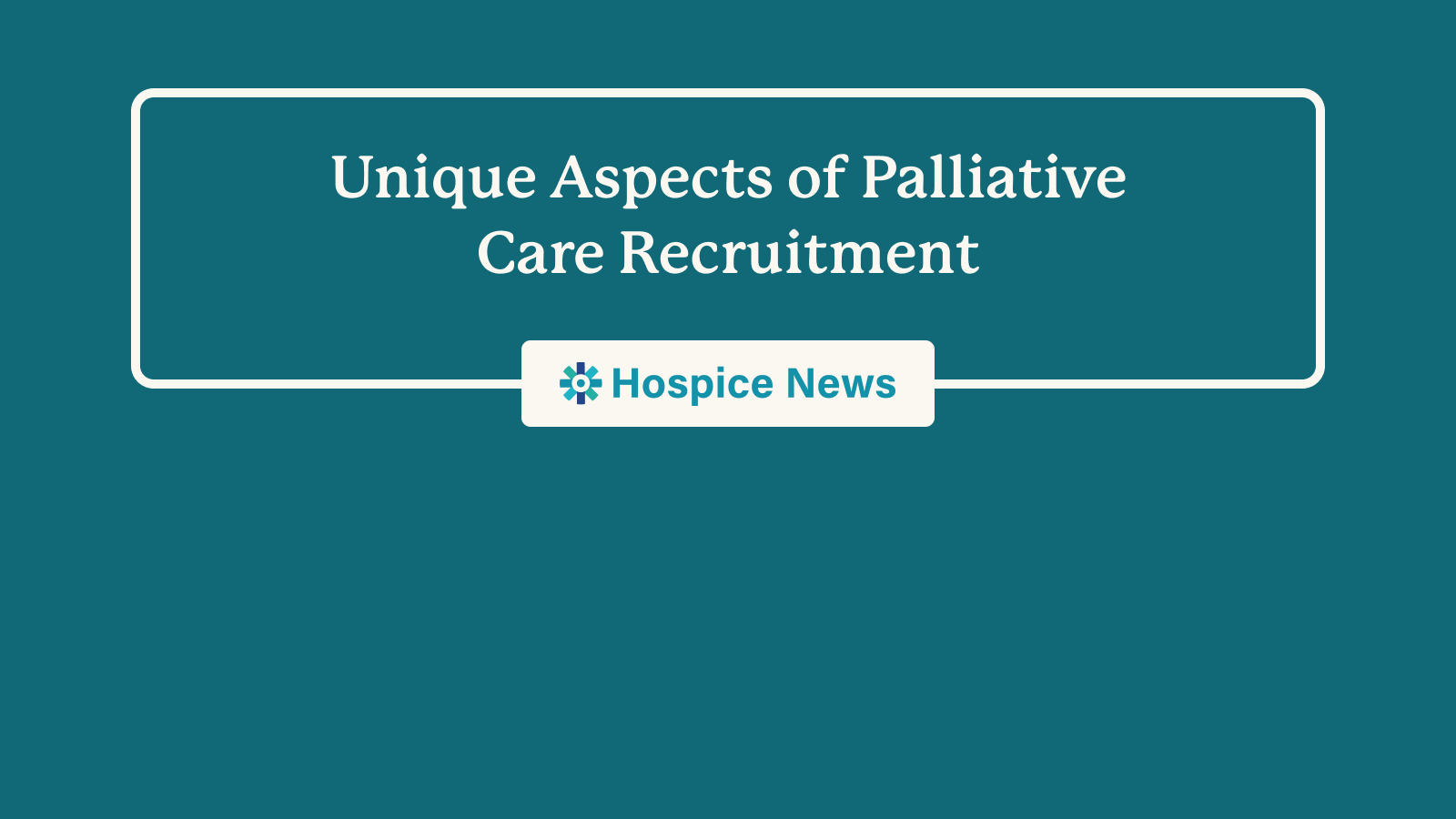Unique Aspects of Palliative Care Recruitment
Palliative care clinical recruitment involves some unique elements compared to other health care settings.
Among the challenges is a general lack of awareness of palliative care and its distinctions from hospice among the public, clinicians in other settings and payers.
Without widespread change, demand for palliative care in the United States is projected to outstrip the supply of the clinicians trained to provide it during the next decade. A key barrier to building that workforce is that most clinicians receive little to no exposure to those types of care during their training.
A 2018 study showed that most students in clinical disciplines do not feel prepared to provide family care at the end of life.
Candidates for palliative care positions need to have a strong understanding of what the job entails, Dr. Jennifer Blechman, palliative care medical director at the Oregon-based nonprofit Partners in Care, said at the Hospice News Virtual Staffing Summit.
“Palliative care and hospice is incredibly rewarding, but we sit with incredible suffering. And it can be challenging, and certainly isn’t for everybody,” Blechman told Hospice News at the summit. “In addition, as our population is aging, it’s just exceeding the capacity, the number of palliative care providers that we have in the country. Palliative care is relatively a new field. When we started our practice 10 years ago, we were one of very few community-based programs.”
Another factor is reimbursement. Though palliative care is being integrated into some value-based payment models, Medicare primarily reimburses for palliative care through fee-for-service payment programs that cover physician and licensed independent practitioner services.
That model does not sufficiently cover the full range of interdisciplinary care, Dr. Julia Frydman, palliative care medical director at Thyme Care, said at the Home Health Care News Cap+Strat Conference.
“There’s tremendous value to patients and also tremendous economic value in palliative care. I think the question is how do you align incentives properly,” Frydman said. “In traditional fee for service systems, palliative care is not being reimbursed at a rate where often you can deliver the services that you need to meet patient and caregiver needs. So sometimes you need grants; you need philanthropy. If you’re in a big health system, you need that health system to move money from its operating budget into the palliative care program, because in fee-for-service, the palliative care program is not supporting itself sustainably.”

